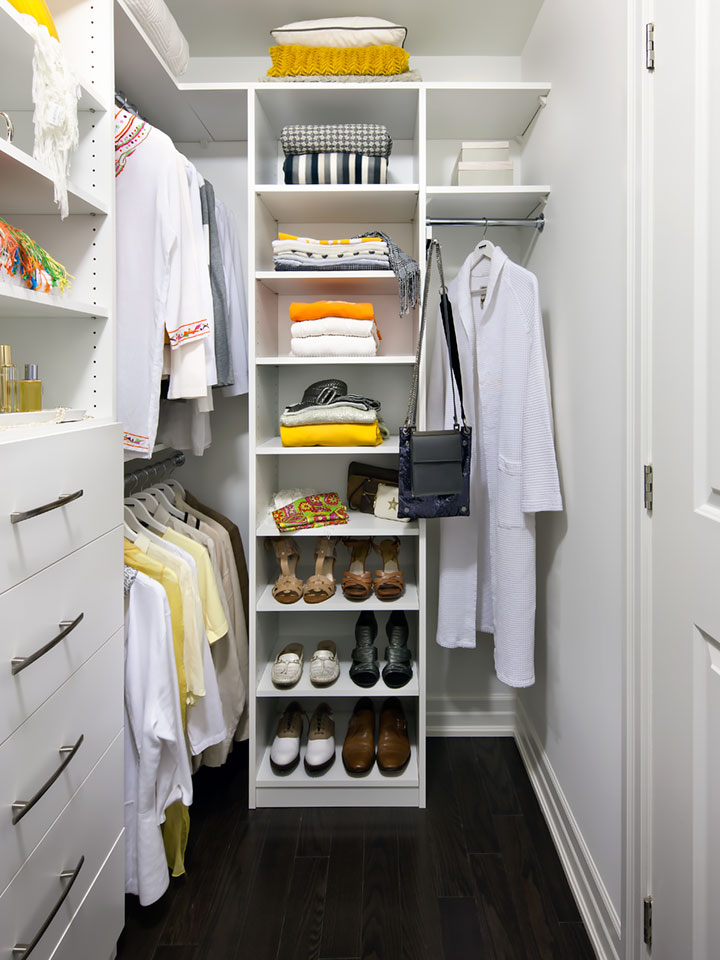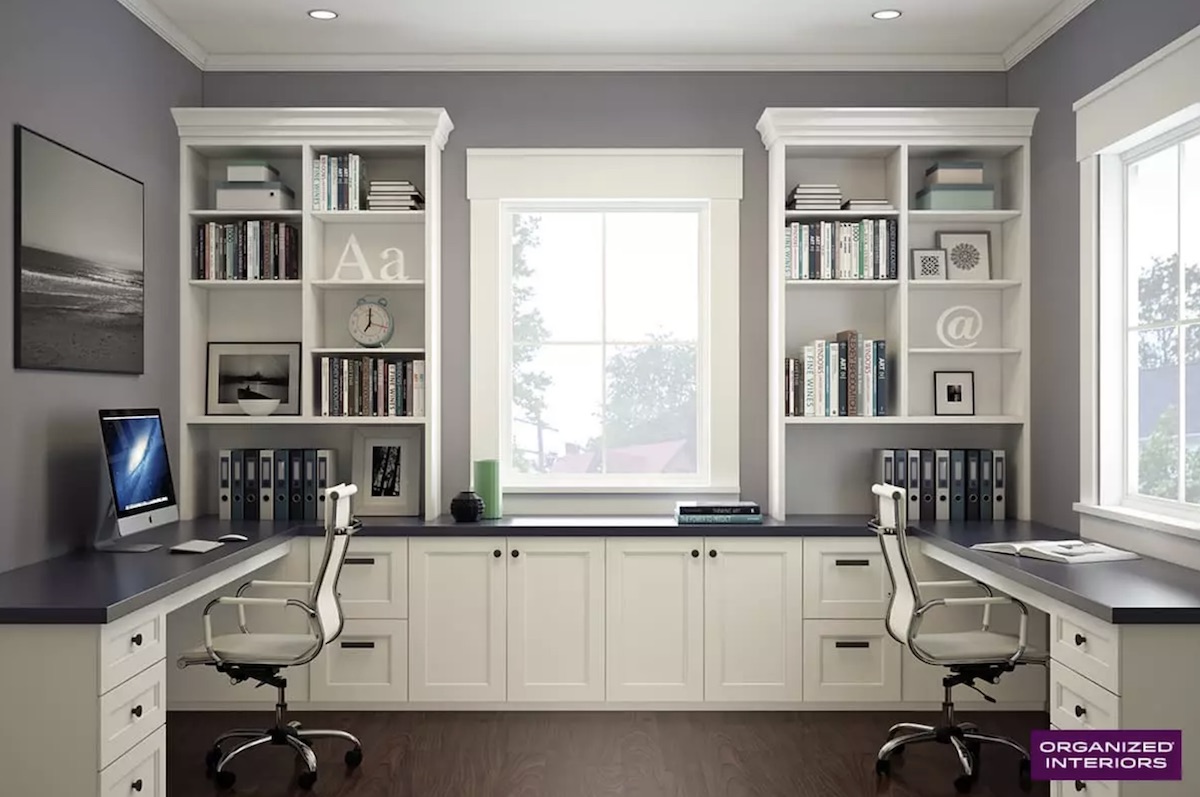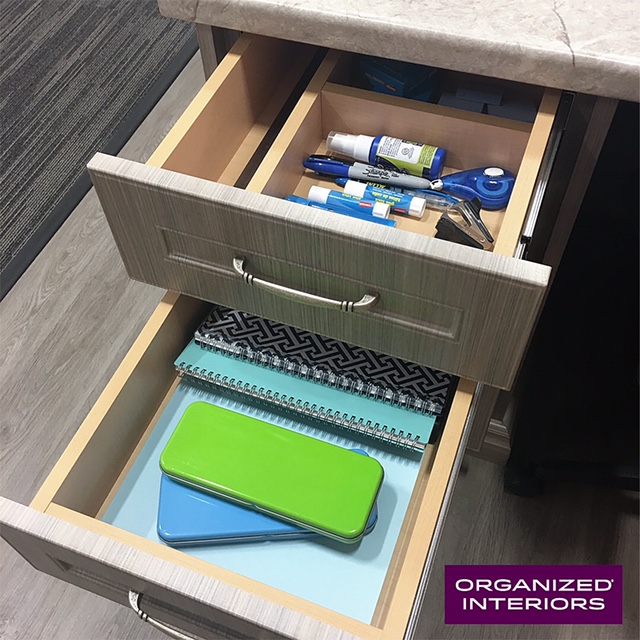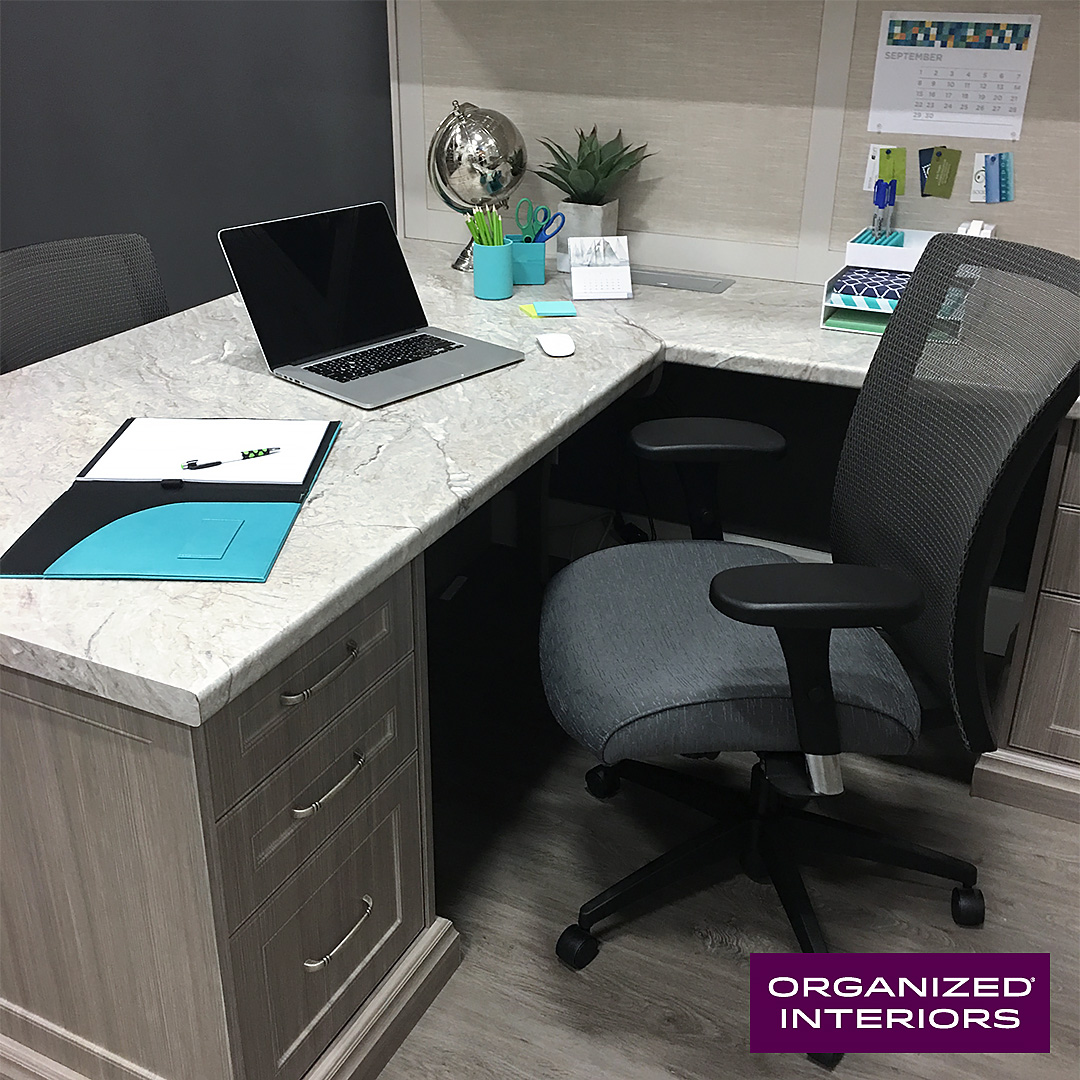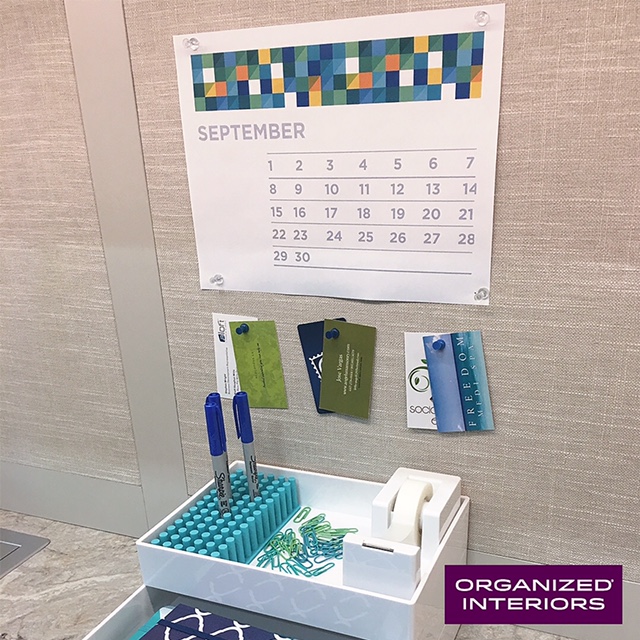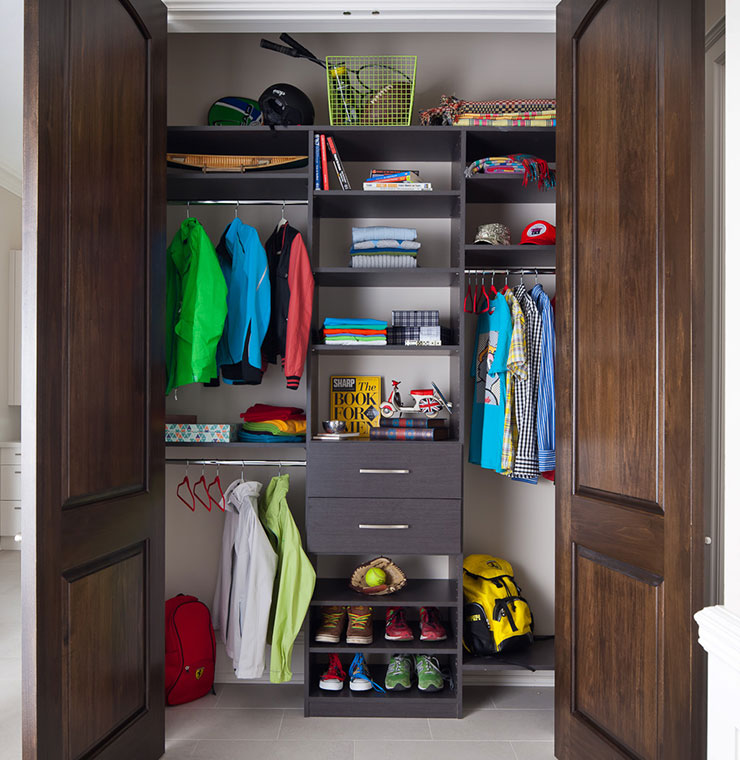A cluttered home is a common source of stress for many people. Much of that stress comes from the guilt and shame we feel for the disorganized state of our living environments.
There are plenty of reasons why clutter and disorganization can become a major problem. A lack of free time to clean, ineffective organization and storage systems, inadequate space, and poor ingrained organization habits are contributing factors.
But just how bad are your organization problems compared to other people? Try viewing some home organization statistics to get some perspective.
Home organization statistics help put things in perspective
There are plenty of home organization statistics available that can help put things in perspective for you when it comes to your own home organization situation.
Home organization affects every single one of us. The link between home clutter and the harm it has on your health has also gotten more scrutiny in recent years from the medical community.
As such, it’s no wonder that many companies and corporations have realized that there’s an appetite from consumers for information about how we maintain our homes.
These studies, polls, and surveys reveal a lot of eye-opening home organization statistics that you can use to motivate and inspire you to restore order in your home.
Here are 35 of the more interesting home organization statistics that we’ve compiled.
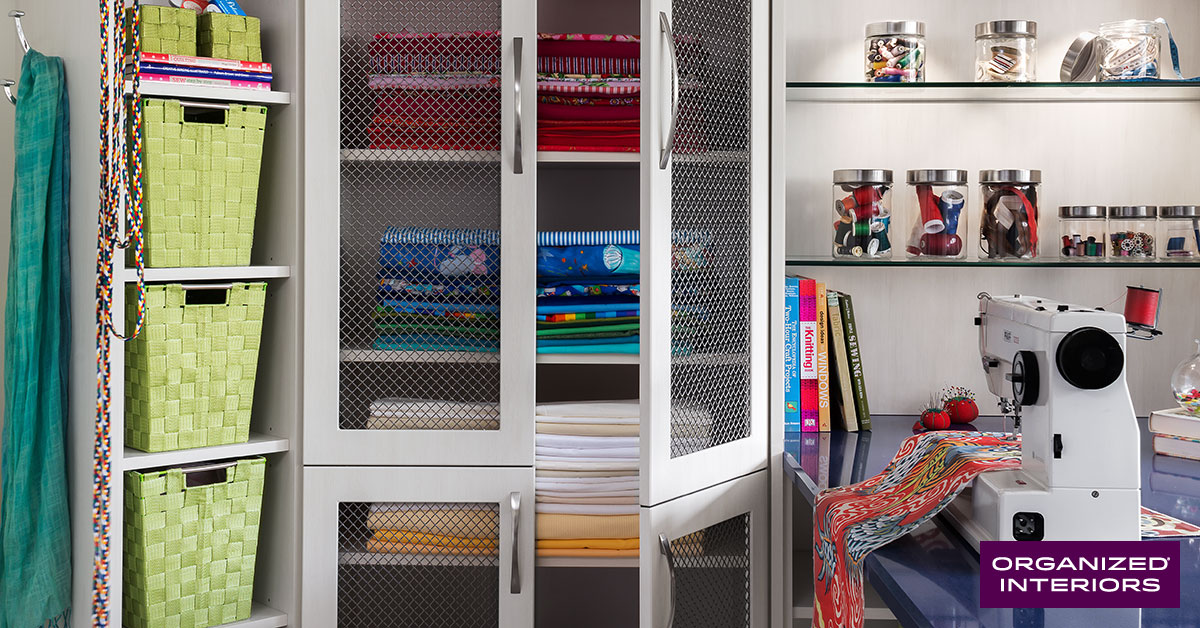
1. It’s estimated that only 20% of the things we own are actually used. (LexisNexis study)
2. 97% of surveyed realtors believe homeowners covet closet space more than basement and attic storage space. (Braun Research survey)
3. It’s estimated we’ll each spend 3,680 hours in our lifetime searching for misplaced items. (The Daily Mail)
4. 1 in 9 women were late for work because they were unable to find some part of their outfit to wear. (OnePoll survey)
5. Disorganization results in 23% of adults paying their bills late and incurring late payment fees. (Harris Interactive study)
6. Mortgage data research firm HSH.com ranked homeowners’ pet peeves, with lack of storage space coming in first at 67%.
7. 10% of women say they feel depressed every time they open their closet doors. (OnePoll survey of 1,000 American women)
8. 63% of those surveyed planned to get rid of outdated clothing in the next year. (MSN.com poll)
9. In the average home, getting rid of clutter would eliminate approximately 40% of housework. (Soap and Detergent Association study)
10. 57% of women believe that a closet that’s organized makes it easier and quicker to find what they need. (OnePoll survey)
11. A study of 2,137 U.S. women revealed that their closets had an average of $550 worth of unworn clothing. (10 Yetis survey)
12. Even with the popularity of smartphones and with many home organization apps available, only 8% of survey respondents regularly used an app to help with home organization. (Moen survey)
13. Women with shoe racks are 7 times more likely to be on time for work than women without them. (IKEA study)
14. 47% of women struggle when it comes to deciding on which work outfit they should wear. (OnePoll survey)
15. A new child in a household increases the inventory of possessions by 30% during the preschool years alone for a family. (UCLA study)
16. 1 in 6 women have resorted to taking dirty clothes out of their laundry hamper when they’re unable to find anything to wear. (OnePoll survey)
17. 40% of Australians say they feel guilty, depressed, or anxious about their home clutter. (Australia Institute study)
18. 50% of American women do some type of housework each day, compared to 22% of men. (Bureau of Labor Statistics study)
19. 61% of women who have a hard time finding anything in their closet end up buying new clothes. (OnePoll survey)
20. Disorganization (not lack of space) causes 80% of household clutter. (Soap and Detergent Association study)
21. The average U.S. home has 4 closets. (OnePoll survey)
22. The garage, kitchen, and home office were named as the most cluttered spaces in homes. (Moen survey)
23. It’s estimated that 80% of your clothes are only worn 20% of the time. (National Association of Professional Organizers study)
24. In a survey of 1,000 American women, 1 in 4 described their closets as being disorganized. (OnePoll survey)
25. 67% of people surveyed believe they could save up to 30 minutes a day if they were more organized. (Alpha Phi Quarterly study)
26. Phones, keys, sunglasses, and paperwork are the most commonly misplaced items in homes. (The Daily Mail)
27. Americans waste more than nine million hours each day looking for lost and misplaced items. (Ottawa Citizen)
28. 44% of women polled say they’re unable to find an item in their closet at least once a month. (OnePoll survey)
29. A international retailer’s survey found that 31% of its customers were more satisfied after clearing out their closets than they were after sex. (New York Times)
30. Worrying their home isn’t clean or organized enough is the 5th most common stress trigger for Americans. 47% say this caused stress within the past month. (Huffington Post survey)
31. The closet of the average American woman contains 103 items. (OnePoll survey)
32. 80% of our medical expenses are related to stress, which clutter contributes to. (The Centers for Disease Control and Prevention study)
33. The average U.S. home has approximately 300,000 things. (L.A. Times)
34. 3 in 10 women say an organized closet would make their mornings less stressful. (OnePoll survey)
35. The Daily Mail reports that the average value of the contents in Britons’ homes has increased 133% in the past 30 years.
Get motivated with these home organization statistics
These home organization statistics show us a lot about the way we keep our homes. Hopefully they’ll make you take stock of how functional and effective your own home organization is.
If the home organization statistics we’ve shared here have motivated you to find better ideas and solutions to keep your home tidy, Organized Interiors can help.
Schedule your free in-home design consultation with us today!


